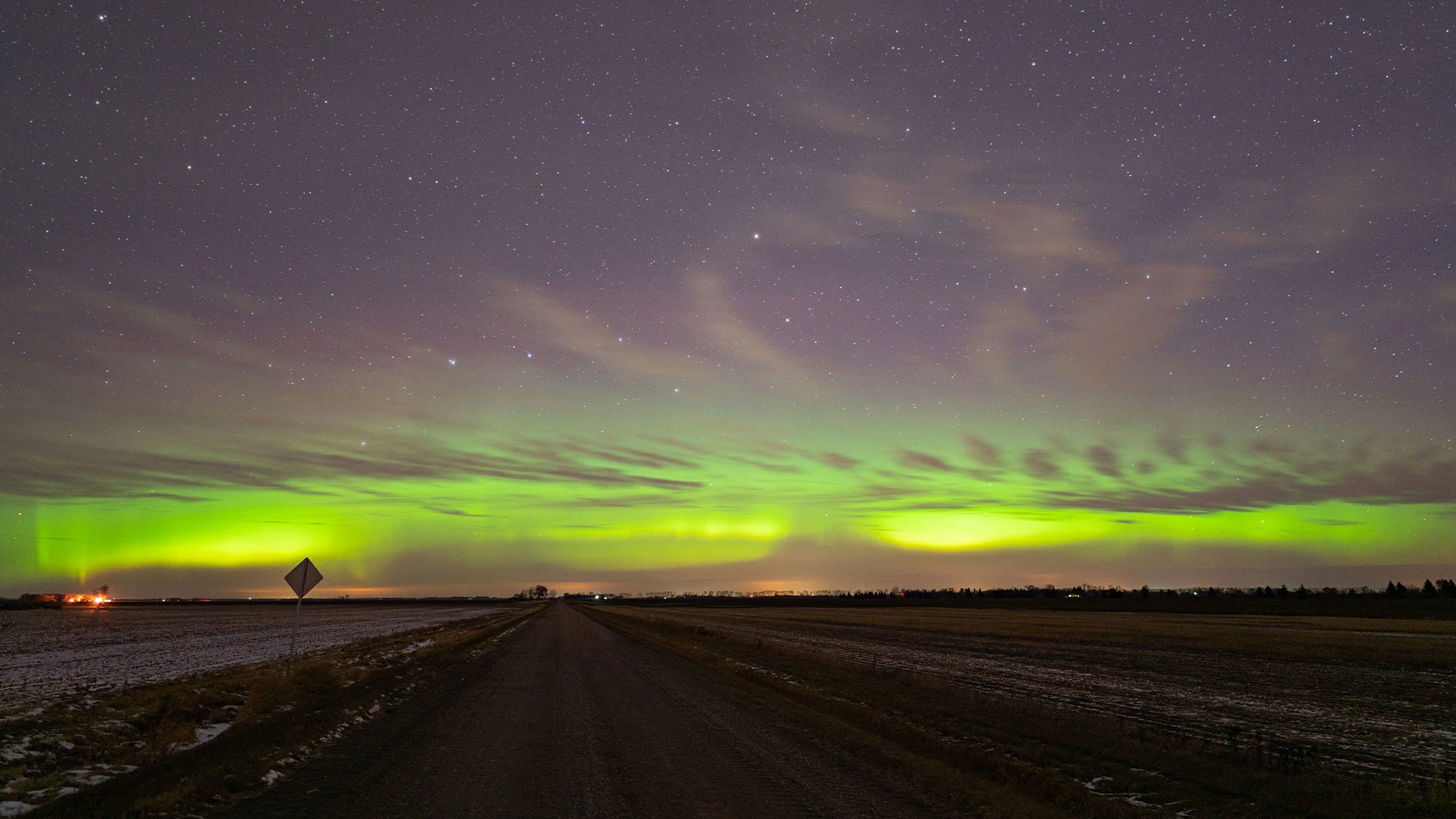
"Here's some good news coming off a long holiday weekend as we head into the fall: If you missed the northern lights (aka aurora borealis) last night, you may get another chance to catch a glimpse tonight, Tuesday, September 2, and early Wednesday morning, September 3, in some 10 U.S. states. That's on account of a powerful "cannibal" solar storm that hit Earth's magnetic field on Monday from 1 million miles away, lighting up skies across North America and Europe overnight."
"The aurora borealis is the result of a geomagnetic storm that occurs when a coronal mass ejection (CME), an eruption of solar material, reaches Earth and causes swaths of purple, blue, and green in the night sky. This year's increased solar activity (and thus, more frequent northern lights activity) is likely the result of an 11-year sun cycle peaking now through next month."
"The National Oceanic and Atmospheric Administration (NOAA) forecasts the best viewing tonight will be in Alaska and northern Canada, with a high chance of some visibility in northern and midwestern parts of the U.S. The agency is predicting G1 geomagnetic storms (on a scale of G1 to G5), which are considered minor. They are Alaska, Washington, Idaho, Montana, North Dakota, South Dakota, Minnesota, Wisconsin, Michigan, and Maine."
A powerful "cannibal" solar storm struck Earth's magnetic field, producing aurora displays across North America and Europe. Auroras occur when a coronal mass ejection (CME) interacts with Earth's magnetosphere, producing colorful swaths in the night sky. Increased solar activity during the current 11-year sun cycle peak has raised the frequency of northern lights events. NOAA forecasts best viewing in Alaska and northern Canada, with likely visibility in northern and midwestern U.S. regions as G1 (minor) geomagnetic storms. Recommended viewing is facing north away from light pollution between 10 p.m. and 2 a.m. local time.
Read at Fast Company
Unable to calculate read time
Collection
[
|
...
]